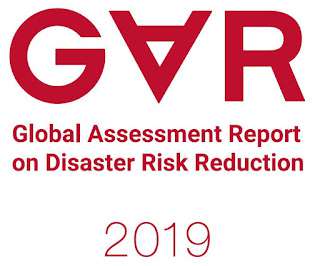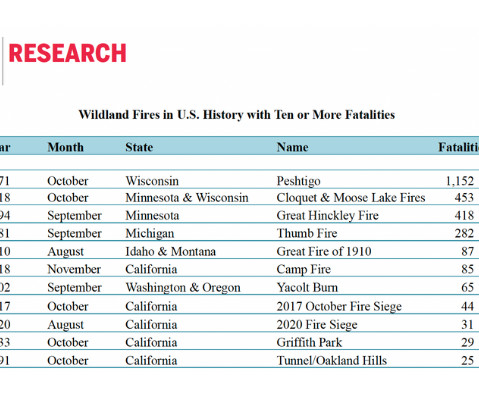Book Review: Constructing Risk
Recovery Diva
NOVEMBER 22, 2021
Helpful anecdotes are inserted throughout, balancing critical assessments where organizations and countries have not used available methods of risk assessment, and as a result, “…acting individually and through collective bodies, succeed neither in effective policy nor practice in reducing vulnerability of the built environment.” [p.












Let's personalize your content